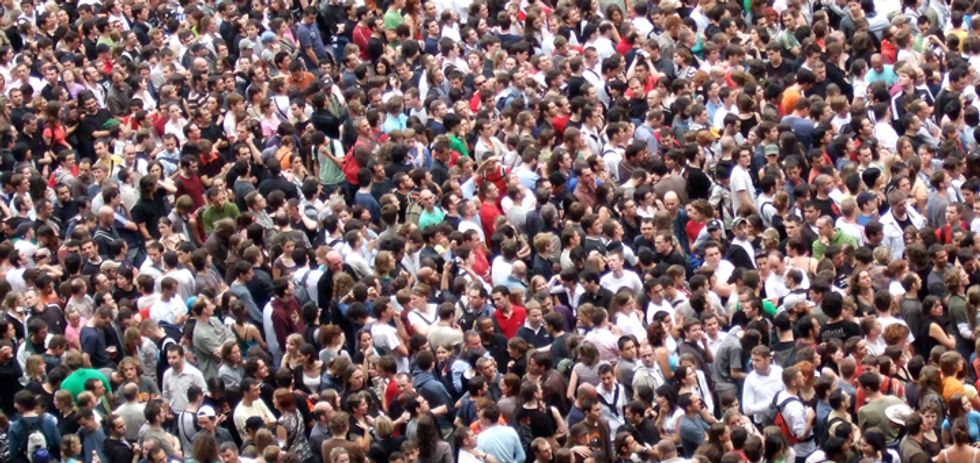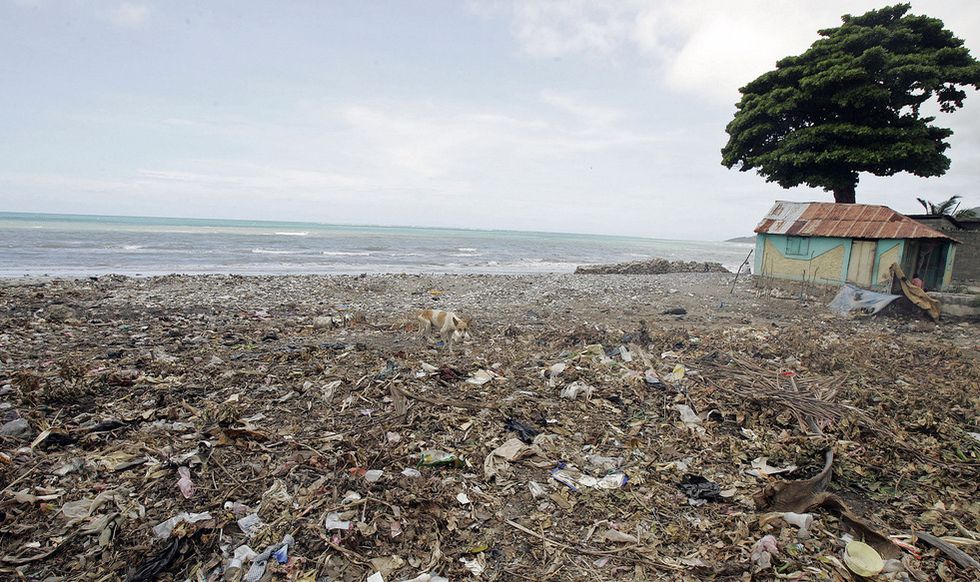From the Bible to Nostradamus, there are several predictions of what doomsday (the final day) on Earth would look like. Some ways are more probable than others, but there is a variety of options for global extermination. There are so many ways things can go wrong for humans, here are a few ways that can happen.
We're back for part two!
MALTHUSIAN CATASTROPHE (Overpopulation)

As political forces encouraged a high birth rate during the global rush to improve economic performance, humanity saw its population grow from one billion in 1804 to two billion in 1927, doubling the population in less than 50 years. With a global population projected to be between eight to ten billion by 2050, this acceleration could spell trouble for us. Earth does not have an infinite amount of resources, and humanity is known to be wasteful. The natural resources of the world are already exploited beyond 30 percent of their renewable capacity. Described by the Thomas Malthus, the "Malthusian Catastrophe," is the moment when population growth outgrows the agricultural output. This scenario is not a matter of if, it is when. Especially if links in the ecological chain (for example: if bees continue to die by the millions) become extinct. It is difficult to predict if this situation would quickly exterminate the human race, but it would surely lead to increased human conflict and environmental disasters.
GLOBAL PESTILENCE
The H1N1 virus first appeared in 1918 that killed five percent of the world's population. We generally like to believe that we live in a safer and cleaner world where public health concerns protect most people from such diseases. But the second H1N1 pandemic in 2009 proved us wrong and lead us to realize that intensive farming has increased the risk. Due to global warming, the melting of ice is releasing deadly diseases such as anthrax in the arctic circle. Chlamydia and Gonorrhea are becoming more difficult to treat due to antibiotic resistance. Unfortunately, our current world offers a favorable environment for recombination and mutation of viruses, thus promoting the creation of new strains. As pathogens become more resistant to treatments, concerns are raised that a virtually untreatable virus may appear and rapidly wipe out the population.
DEEP IMPACT EVENT

Does the movie Deep Impact ring a bell? National Geographic states that the first major asteroid impact hit Earth nearly two billion years ago. We've experienced a couple of close calls since; the most recent flying by in October, 2015, and was 1.5 miles wide. A deep asteroid impact is one of the most likely end-of-the-world scenarios, and depending on the size of the object, such an impact would have disastrous effects on humanity. Mega-tsunamis 300-feet high would instantly ravage all coastal areas, followed by a string of seismic and climatic disasters, like a global winter due to the thick layer of dust that would cover Earth for years. For an asteroid to cause a major catastrophe, it only has to be half a mile wide. It is estimated that the 6-mile wide Chicxulub asteroid that hit Earth 65 million years ago created 3.1-mile high waves and From the bible to Nostradamus, there are several predictions of how the world will end. Some ways are more probable than others, but there is a variety of options for global extermination.




















